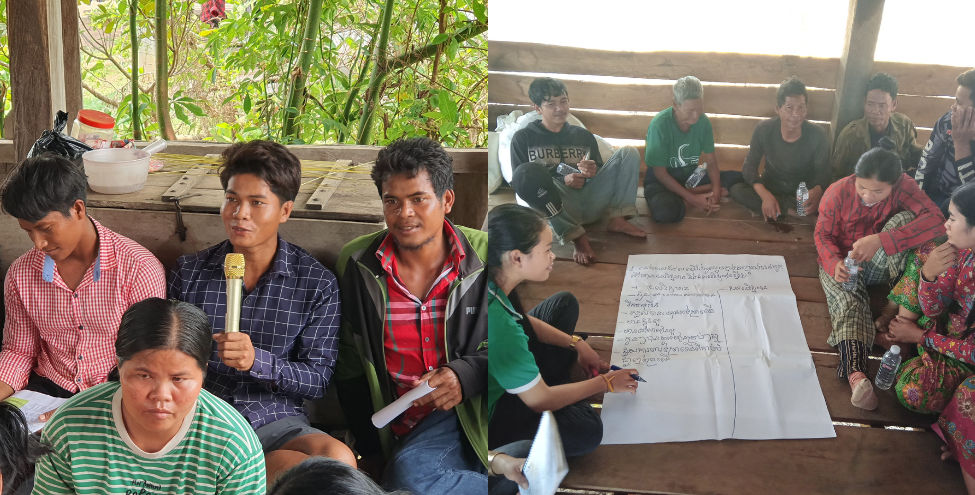J1070NC BeTreed Conservation & Community
Cambodia, Southeast Asia
In partnership with Our Future Organisation and Let's Build A School


The Situation
Preah Vihear province still contains significant forest reserves and both areas border wildlife sanctuaries. Illegal land grabbing, logging and wildlife poaching are all strategies that families near forest areas engage in to meet their need for emergency cash, for debt servicing, for income gaps and for livelihood investments. Climate change disasters are increasingly affecting rural families, who suffer from cycles of drought and flooding, destructive storms, unpredictable agricultural seasons, and increasing temperatures. Watersheds are increasingly compromised through conversion of forest into agriculture. Lack of effective protection from illegal forest activities has resulted in poor outcomes for nature and ecosystem services that nature provide to communities. Phnom Thnout Phnom Pok Wildlife Sanctuary and its surrounding communities is the focus for an extended program for community livelihoods and community conservation.
The Objectives
To empower communities for a sustainable future through supporting activities that protect the environment and natural resources that are impacted by these communities. The project is focused in 7 communities around the Phnom Thnout Phnom Pok Wildlife Sanctuary.
Communities benefit from protecting forests and biodiversity and develop strategies that address root causes of poverty, debt and poor living standards and opportunity. This project engages communities to:
- protect the natural resources and biodiversity
- design programs that will support their own development and sustainable livelihood goals and also conservation outcomes
- implement community driven programs.
Communities will be better positioned to first understand the importance of the environment surrounding their villages and the benefits that they receive from protecting these; and second, to initiate activities that are important to their own needs and the environment. This process of design and implementation will be a system prototype for when financing becomes available through other sources supporting long-term community engagement in development planning and conservation.
J1070NC
.png)

.png)